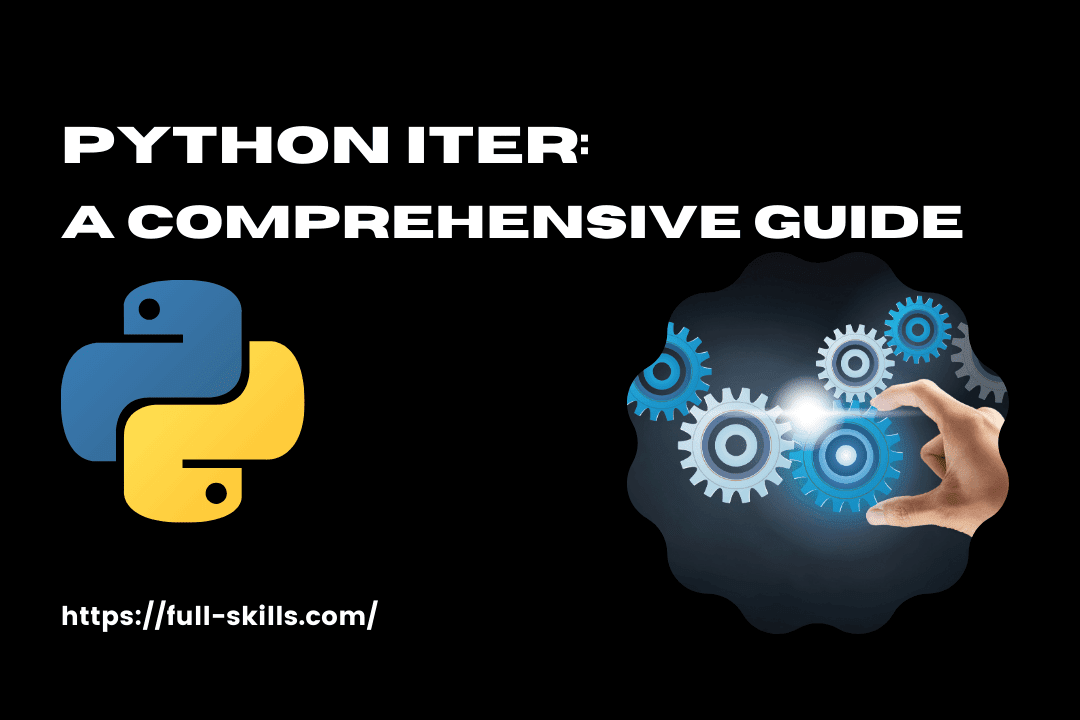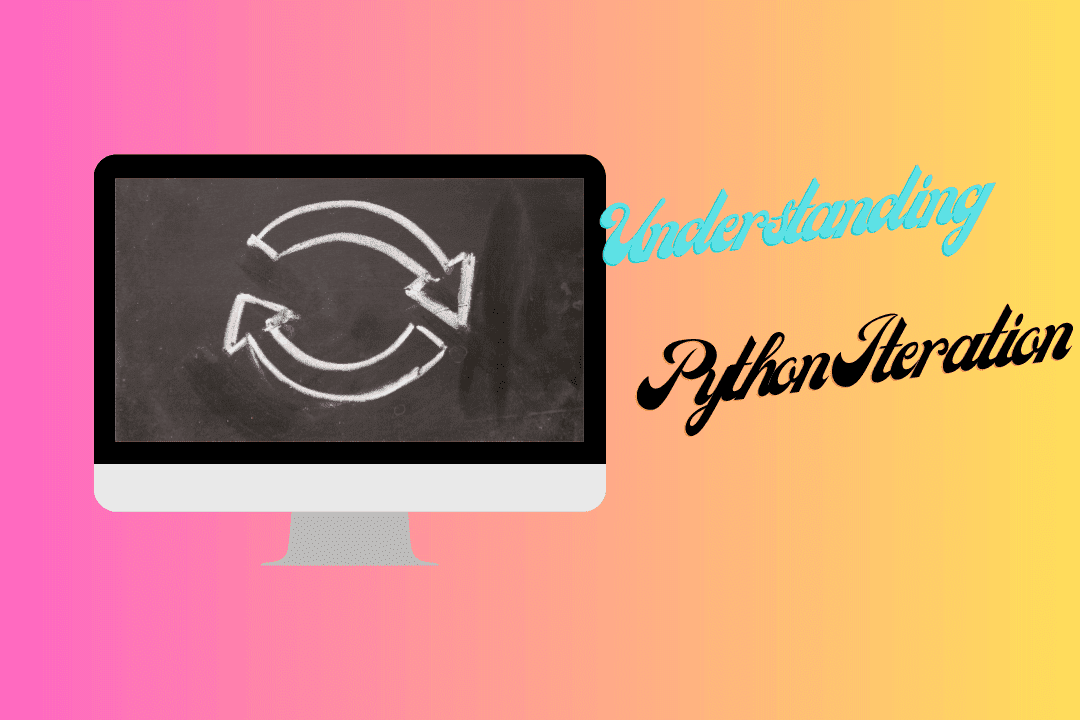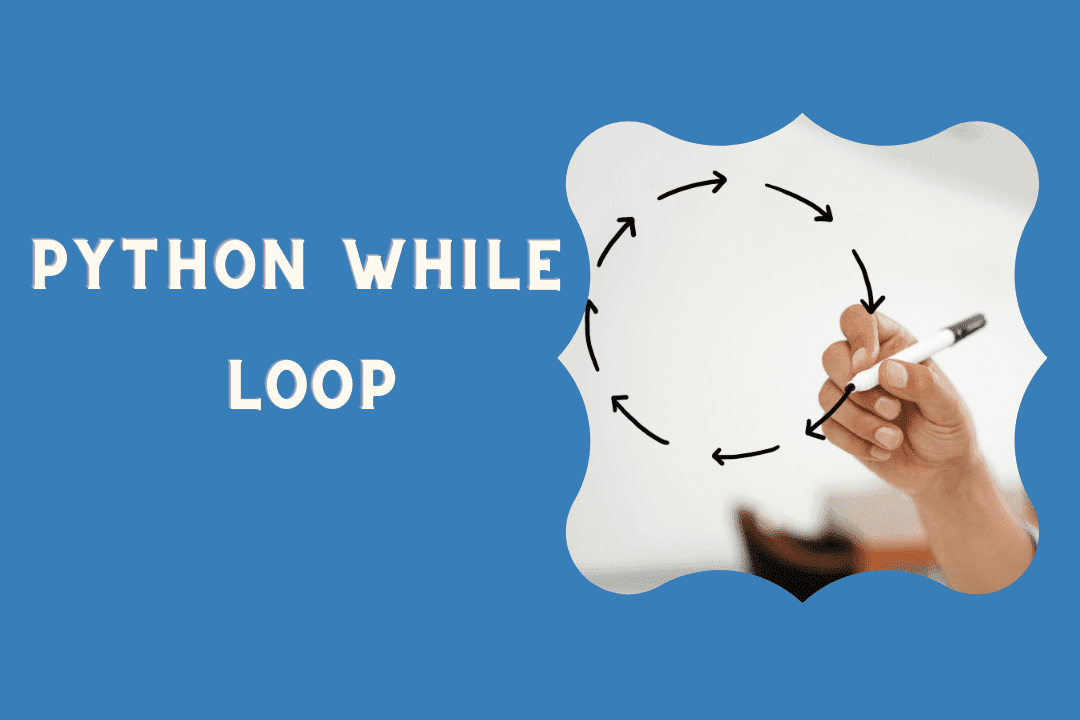Preamble

In this complete guide, we will delve into the topic of Python iteration and explore its various aspects, applications, and best practices. Python iteration plays a crucial role in programming, allowing us to perform repetitive tasks efficiently, iterate over data structures, and process large datasets. By understanding the ins and outs of Python iteration, you’ll be equipped with the knowledge to write efficient and concise code. So, let’s dive in and explore the world of Python iteration!
Understanding Python Iteration

Python iteration refers to repeatedly executing a code block until a specific condition is met. It enables us to work with data collections, such as lists, tuples, dictionaries, or custom objects, by accessing each item sequentially. The primary mechanism for iteration in Python is the for loop, which iterates over an iterable object.
Python Iterables
An iterable object can be iterated over, allowing us to access its elements individually. Examples of built-in Python iterables include lists, tuples, strings, dictionaries, and sets. We can also create custom iterables by implementing the special methods __iter__() and __next__().
Python for Loop
The for loop is a powerful construct in Python that facilitates iteration over a sequence of elements. Its syntax is straightforward:
The code
for item in iterable:
# Code block to be executed
The item variable represents each element of the iterable object in each iteration. By utilizing the for loop, we can perform a specific operation on each item, such as printing, modifying, or processing the data.
Iterating Over Python Iterables
Now, let’s explore how to iterate over some common Python iterables:
Iterating Over Lists
The code
fruits = [‘apple’, ‘banana’, ‘cherry’]
for fruit in fruits:
print(fruit)
The code above will iterate over each element of the fruits list and print it.
Iterating Over Strings
The code
name = “Python Iter”
for char in name:
print(char)
Here, we iterate over each character in the string name and print it.
Iterating Over Dictionaries
The code
student_grades = {‘Alice’: 90, ‘Bob’: 85, ‘Charlie’: 92}
for name, grade in student_grades.items():
print(f”{name}: {grade}”)
In this example, we iterate over the student_grades dictionary and print each student’s name and their corresponding grade.
Python while Loop

Python provides the while loop for iteration in extra to the for loop. The while loop executes a code block if a given condition remains true.
The code
count = 0
while count < 5:
print(count)
count += 1
The code above will print the numbers from 0 to 4, incrementing the count variable with each iteration.
Advanced Iteration Techniques
Python offers several advanced techniques to enhance the power and flexibility of iteration. Let’s explore some of these techniques:
List Comprehensions
List comprehensions deliver a concise way to create new lists by iterating over an existing iterable. They allow us to combine the iteration and transformation steps into a single line of code.
The code
numbers = [1, 2, 3, 4, 5]
squared_numbers = [x ** 2 for x in numbers]
In this example, we use a list comprehension to square each number in the numbers list and store the results in the squared_numbers list. This concise syntax eliminates the need for explicit iteration and makes the code more readable and expressive.
Generator Expressions
Similar to list comprehensions, generator expressions allow us to create iterators in a compact and memory-efficient manner. Instead of creating an entire list, generator expressions produce values on the fly as requested, which can be advantageous when dealing with large datasets or infinite sequences.
The code
numbers = [1, 2, 3, 4, 5]
squared_numbers = (x ** 2 for x in numbers)
In this example, we use a generator expression to calculate the square of each number in the numbers list. The resulting object squared_numbers can be iterated using a for loop or consumed by other functions that expect an iterable.
Enumerate
The enumerate function is a handy tool for iterating over an iterable while simultaneously tracking the index of each element. It returns an iterable pair consisting of the index and the corresponding element.
The code
fruits = [‘apple’, ‘banana’, ‘cherry’]
for index, fruit in enumerate(fruits):
print(f”Index: {index}, Fruit: {fruit}”)
In this example, we use enumerate to iterate over the fruits list and print the index and fruit name. This technique is particularly useful when accessing the elements and their indices within the loop.
zip Function
The zip function is another powerful tool for simultaneously combining and iterating over multiple iterables. It takes multiple iterables as arguments and returns an iterator that generates tuples containing elements from each iterable.
The code
names = [‘Alice’, ‘Bob’, ‘Charlie’]
ages = [25, 30, 35]
for name, age in zip(names, ages):
print(f”Name: {name}, Age: {age}”)
In this example, we use zip to iterate the names and ages lists together and print the name and age of each person. The zip function ensures the iteration stops when the shortest iterable is exhausted.
Best Practices for Python Iteration
To make the most of Python iteration and write efficient code, it’s important to follow some best practices. Here are a few tips to keep in mind:
Choose the Right Iterable
Select the appropriate iterable for your specific use case. Python provides a variety of built-in iterables, such as lists, tuples, strings, dictionaries, and sets. Consider the characteristics of your data and choose the iterable that best suits your needs.
Utilize Built-in Functions and Methods
Python offers a rich set of built-in functions and methods to simplify iteration tasks. Take advantage of functions like len(), sum(), min(), and max() to retrieve information about your data. Similarly, leverage methods such as append(), extend(), pop(), and sort() to manipulate your iterables.
Use Iteration Techniques Appropriately
Apply advanced iteration techniques, such as list comprehensions, generator expressions, enumerate, and zip, when they provide a concise and efficient solution to your problem. However, remember that readability and maintainability should not be sacrificed for brevity.
Consider Performance and Efficiency
Efficiency matters when working with large datasets or performance-critical applications. Optimize your code by minimizing unnecessary iterations, leveraging appropriate data structures, and utilizing built-in functions and methods with better performance characteristics.
Write Clear and Readable Code
While efficiency is important, it should maintain the clarity and readability of your code. Write code that is easy to understand and maintain by using meaningful variable names, adding comments where necessary, and following consistent coding conventions.
Handle Exceptions and Errors
When iterating over iterables, be aware of potential exceptions or errors. Use error-handling techniques, such as try-except blocks, to gracefully handle exceptions and prevent your program from crashing.
Test and Debug Iteration Code
Before deploying your code, thoroughly test it with different input scenarios to ensure its correctness and robustness. Debug any issues during testing, and consider using debugging tools and techniques to identify and resolve errors.
Stay Updated with Python Iteration Features
Python is a dynamic language that continues to evolve. Stay updated with the latest features and enhancements related to iteration. Explore the Python documentation and community resources to discover new techniques, libraries, or language improvements that can enhance your iteration code.
Conclusion
In this article, we explored the world of Python iteration, understanding its fundamentals and diving into advanced techniques. We learned about iterables, the for and while loops, and discovered powerful tools like list comprehensions, generator expressions, enumerate, and zip. We also discussed best practices for efficient and readable iteration code.
By mastering Python iteration, you have acquired a valuable skill that will enable you to handle data, process collections, and solve complex problems effectively. So apply these techniques in your Python projects, and embrace the power of iteration!
Frequently Asked Questions: Python Iteration
What is Python iteration?
Python iteration refers to repeatedly executing a code block until a specific condition is met. It allows you to work with data collections by accessing each item sequentially. Python provides powerful iteration constructs, such as the for loop and while loop, to facilitate efficient and concise coding.
What are iterables in Python?
Iterables in Python can be iterated over, allowing you to access their elements individually. Examples of built-in Python iterables include lists, tuples, strings, dictionaries, and sets. You can also create custom iterables by implementing the __iter__() and __next__() special methods.
How does the for loop work in Python iteration? The for loop is a fundamental construct in Python iteration. It iterates over a sequence of elements in an iterable object. In each iteration, the loop assigns the current element to a variable (commonly named item) and executes a code block associated with the loop. This process continues until all elements in the iterable are processed.
What are some advanced iteration techniques in Python? Python offers several advanced techniques to enhance iteration. Some notable ones include:
- List comprehensions: Concise syntax for creating new lists based on existing iterables.
- Generator expressions: Memory-efficient iterators that produce values on the fly.
- Enumerate: Simultaneously tracks the index and corresponding element while iterating.
- Zip: Combines and iterates over multiple iterables together, returning tuples of corresponding elements.
What are some best practices for Python iteration? To make the most of Python iteration, consider the following best practices:
- Choose the appropriate iterable for your specific use case.
- Utilize built-in functions and methods to simplify iteration tasks.
- Apply advanced iteration techniques when they provide straightforward solutions.
- Optimize code for performance by minimizing unnecessary iterations.
- Write clear and readable code with meaningful variable names and comments.
- Handle exceptions and errors gracefully with appropriate error-handling techniques.
- Thoroughly test and debug your iteration code before deployment.
- Stay updated with the latest features and enhancements related to Python iteration.
These frequently asked questions provide insights into Python iteration, its concepts, techniques, and best practices. By understanding and applying these principles, you can write efficient and robust code while working with data collections in Python.
